Imagine a world where you no longer need to remember a string of complex characters, a world free from the constant fear of your accounts being compromised. That future might be closer than you think, as tech giant Microsoft issues a stark warning to its estimated one billion Windows users: your password is no longer your friend.
In a move that could fundamentally reshape how we interact with technology, Microsoft is urging users to move away from traditional passwords and embrace more secure authentication methods. This isn’t just a gentle suggestion; it’s a serious advisory fueled by the ever-increasing sophistication of cyberattacks. The company reports blocking a staggering 7,000 password attacks every single second against their account infrastructure – nearly double the number from the previous year. This translates to over 220 billion attempts annually to breach Microsoft user accounts. These numbers paint a clear and alarming picture: passwords, as we know them, are simply not holding up against modern threats.
But why the sudden urgency? For years, we’ve been told to create strong, unique passwords, use password managers, and enable two-factor authentication. While these measures offer some protection, they are no longer sufficient in the face of increasingly sophisticated phishing attacks, brute-force attempts, and data breaches. Hackers are constantly evolving their tactics, making it easier to trick users into revealing their credentials or to crack even seemingly strong passwords.
The reality is, we humans are the weakest link in the security chain. We reuse passwords across multiple sites, we fall for convincing phishing emails, and we struggle to remember complex combinations. This human element is precisely what cybercriminals exploit.
So, what is Microsoft’s proposed solution? The company is aggressively pushing users towards passwordless authentication methods. These methods leverage technologies that are inherently more secure and user-friendly. Here are some of the key alternatives Microsoft is championing:
- Windows Hello: For users with compatible laptops or desktops, Windows Hello offers a seamless and highly secure way to log in using facial recognition, fingerprint scanning, or a PIN. This biometric authentication ties your login directly to your physical presence, making it incredibly difficult for unauthorized individuals to gain access, even if they somehow obtain your PIN. Imagine simply looking at your laptop and being instantly logged in – no password required.
- Microsoft Authenticator App: This free mobile app acts as a second layer of security for your Microsoft account, even if you choose to keep using a password temporarily. It can generate one-time codes that you need to enter in addition to your password, making it much harder for attackers to log in even if they have your password. More importantly, the Authenticator app can also be used for completely passwordless sign-in. Instead of typing a password, you simply approve a notification on your phone using your fingerprint, face ID, or PIN. This method significantly reduces the risk of phishing as there’s no password to steal.
- FIDO2 Security Keys: For users seeking the highest level of security, FIDO2 security keys offer a physical hardware-based authentication method. These small USB devices plug into your computer and require physical interaction to verify your identity. They are extremely resistant to phishing and other online attacks because the authentication process is tied to the physical key. Think of it like a physical key for your digital life.
Microsoft has already begun the process of allowing users to completely remove passwords from their Microsoft accounts. Once this is done, the only way to log in will be through one of the passwordless methods mentioned above. This is a bold move, but one that reflects the urgent need to move beyond outdated security practices.
The implications of this shift are significant for the billion Windows users worldwide. While the idea of ditching passwords might seem daunting at first, the long-term benefits in terms of security and convenience are undeniable. Imagine the peace of mind knowing that your accounts are far less vulnerable to attack. Think about the time saved by not having to remember and type in complex passwords.
Of course, transitioning to a passwordless world will require some adjustments. Users will need to set up alternative authentication methods on their devices and learn new login procedures. However, Microsoft is providing clear guidance and user-friendly tools to make this transition as smooth as possible.
For example, setting up Windows Hello is often as simple as following a few on-screen prompts. Similarly, the Microsoft Authenticator app is designed to be intuitive and easy to use. Even FIDO2 security keys are becoming increasingly user-friendly.
This isn’t just about Microsoft; the entire tech industry is gradually moving towards a passwordless future. Companies like Google and Apple are also embracing similar technologies, recognizing the inherent weaknesses of traditional passwords.
The message from Microsoft is clear: passwords are a relic of the past, and clinging to them in today’s threat landscape is a risky proposition. By embracing passwordless authentication, Windows users can significantly enhance their online security and protect themselves from the ever-growing threat of cyberattacks.
So, the next time you go to log in to your Windows account, consider whether that password is truly protecting you. Perhaps it’s time to explore the safer, more convenient alternatives that Microsoft is urging you to adopt. Your digital security might depend on it.

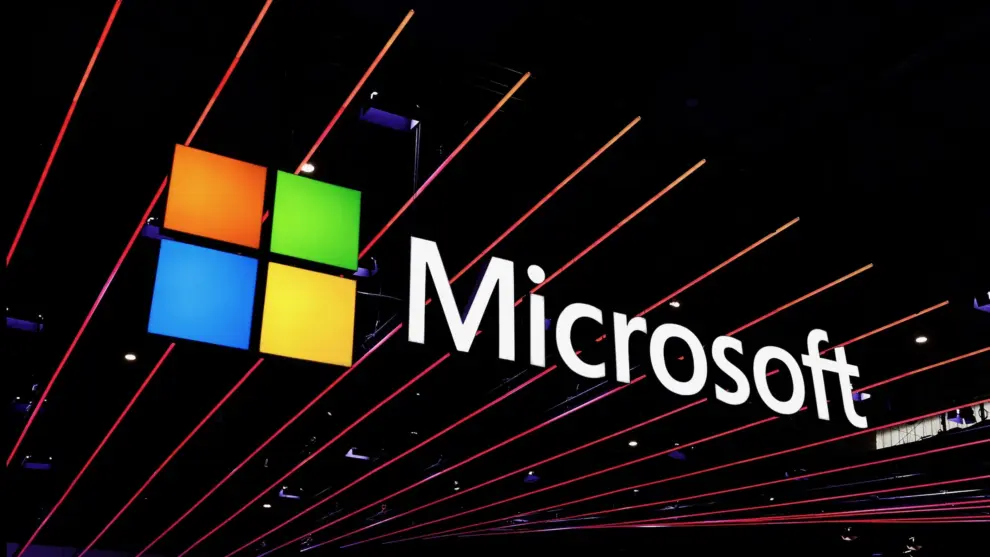
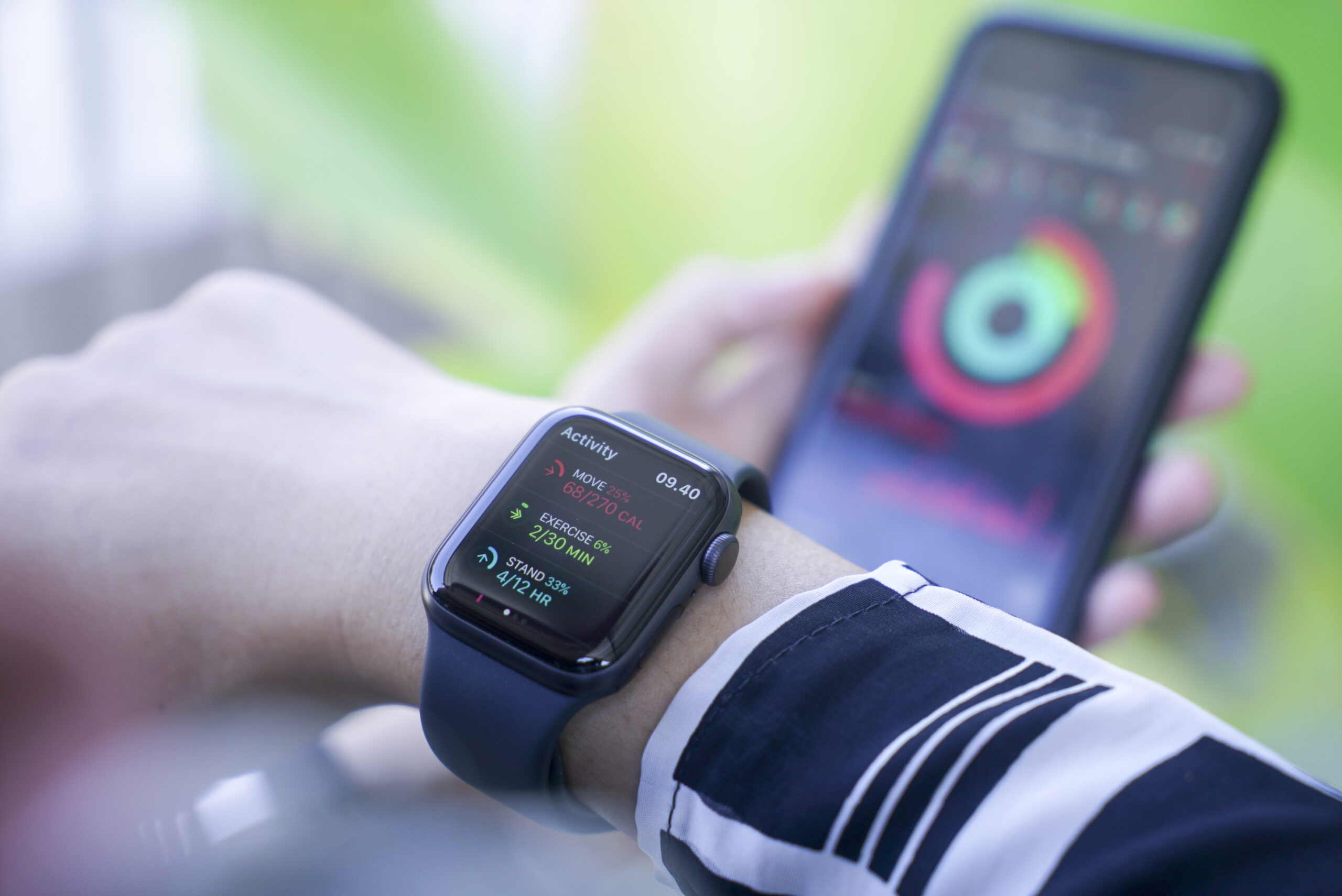
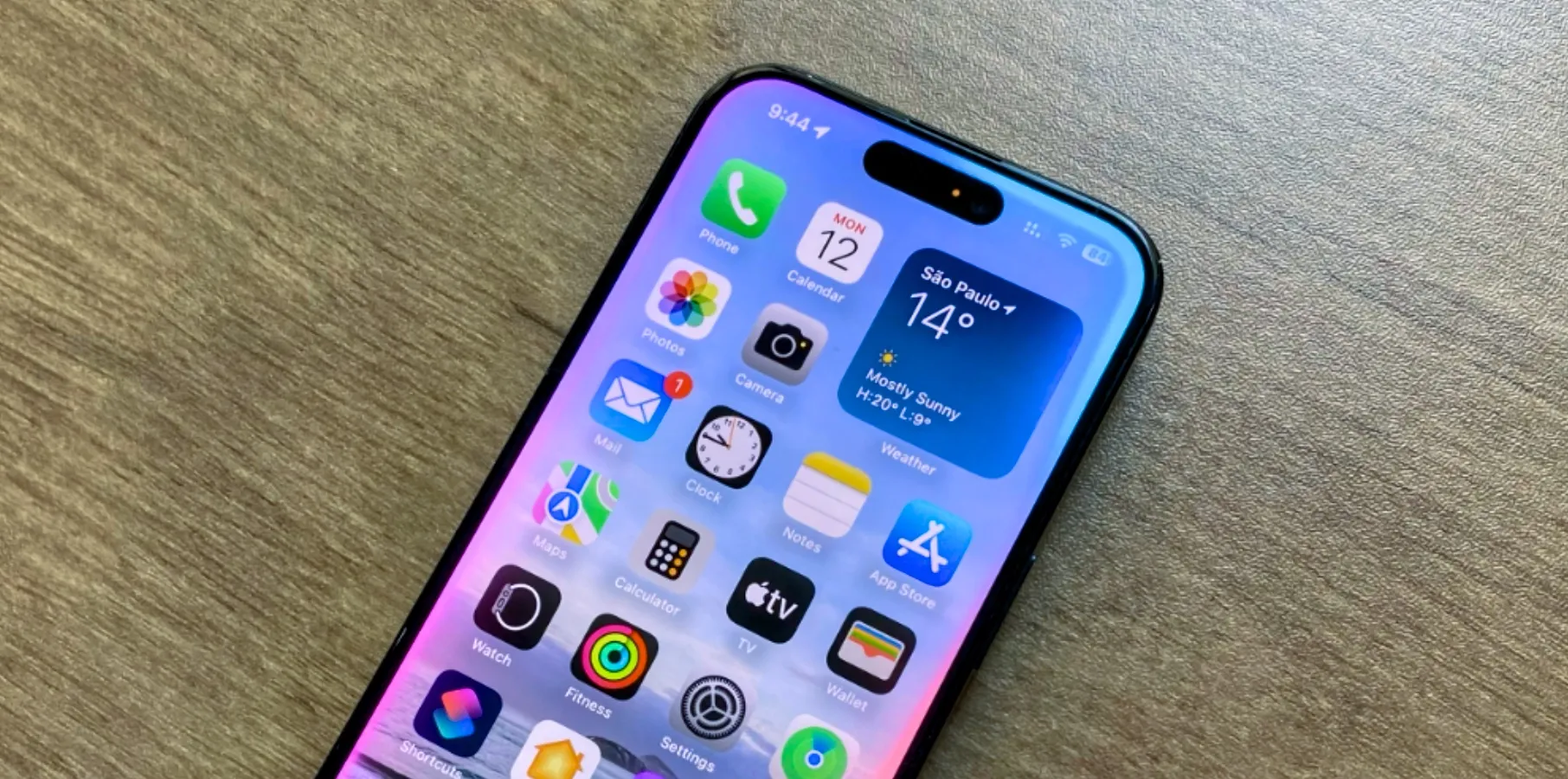
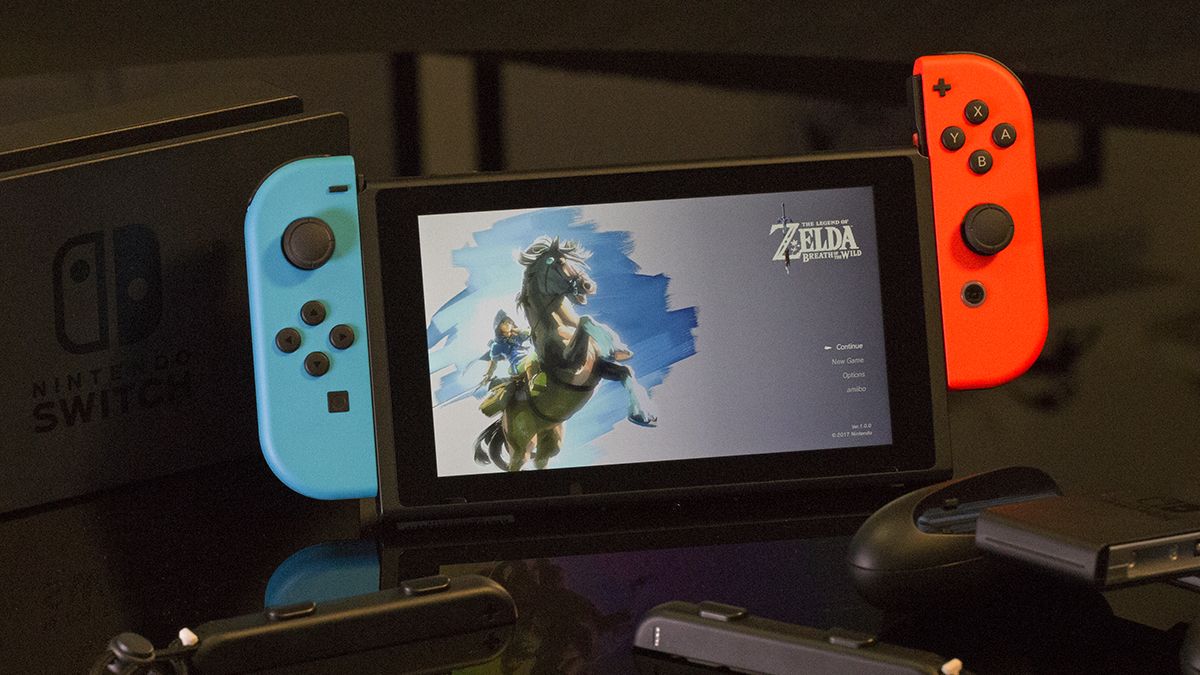
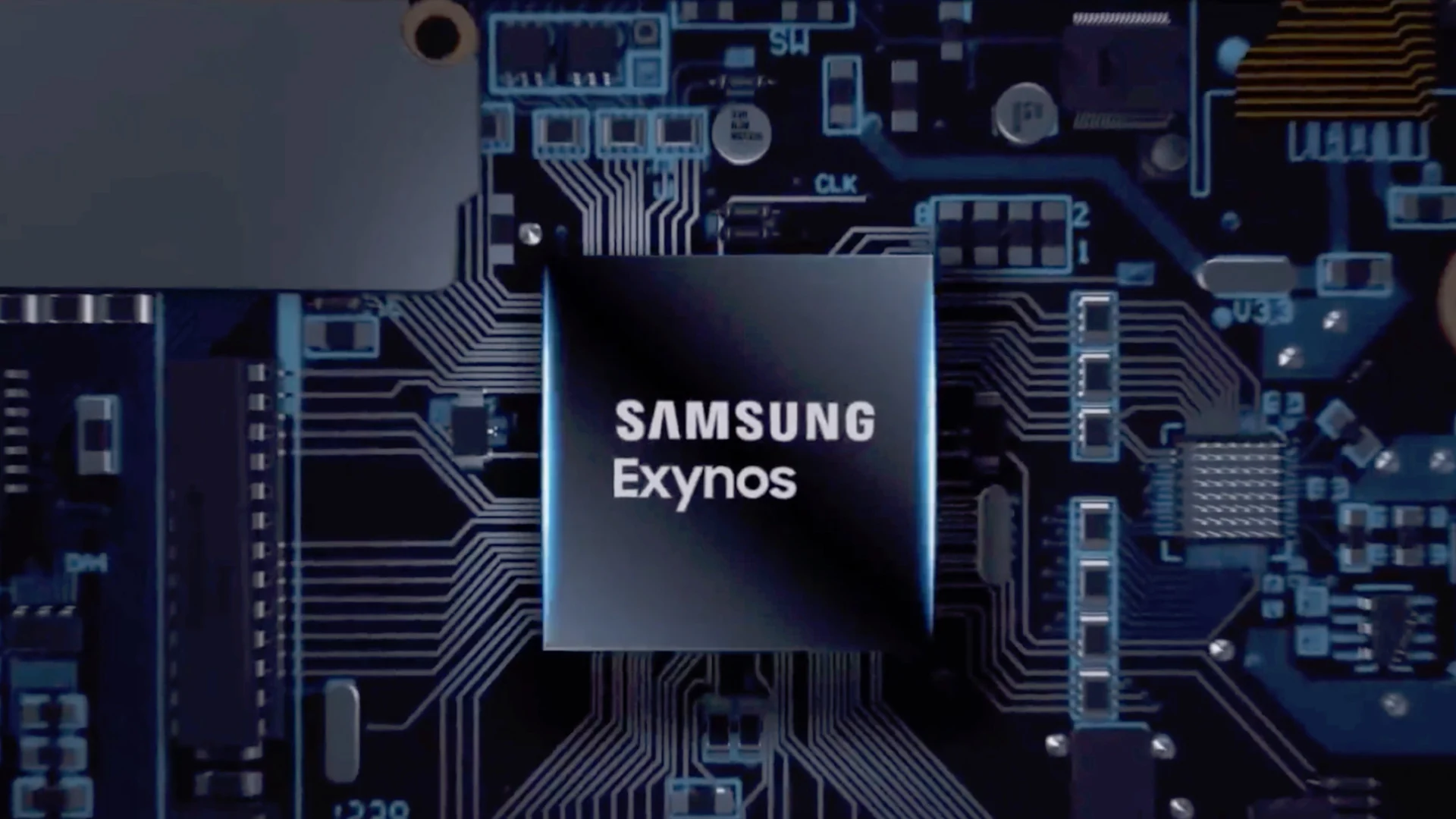

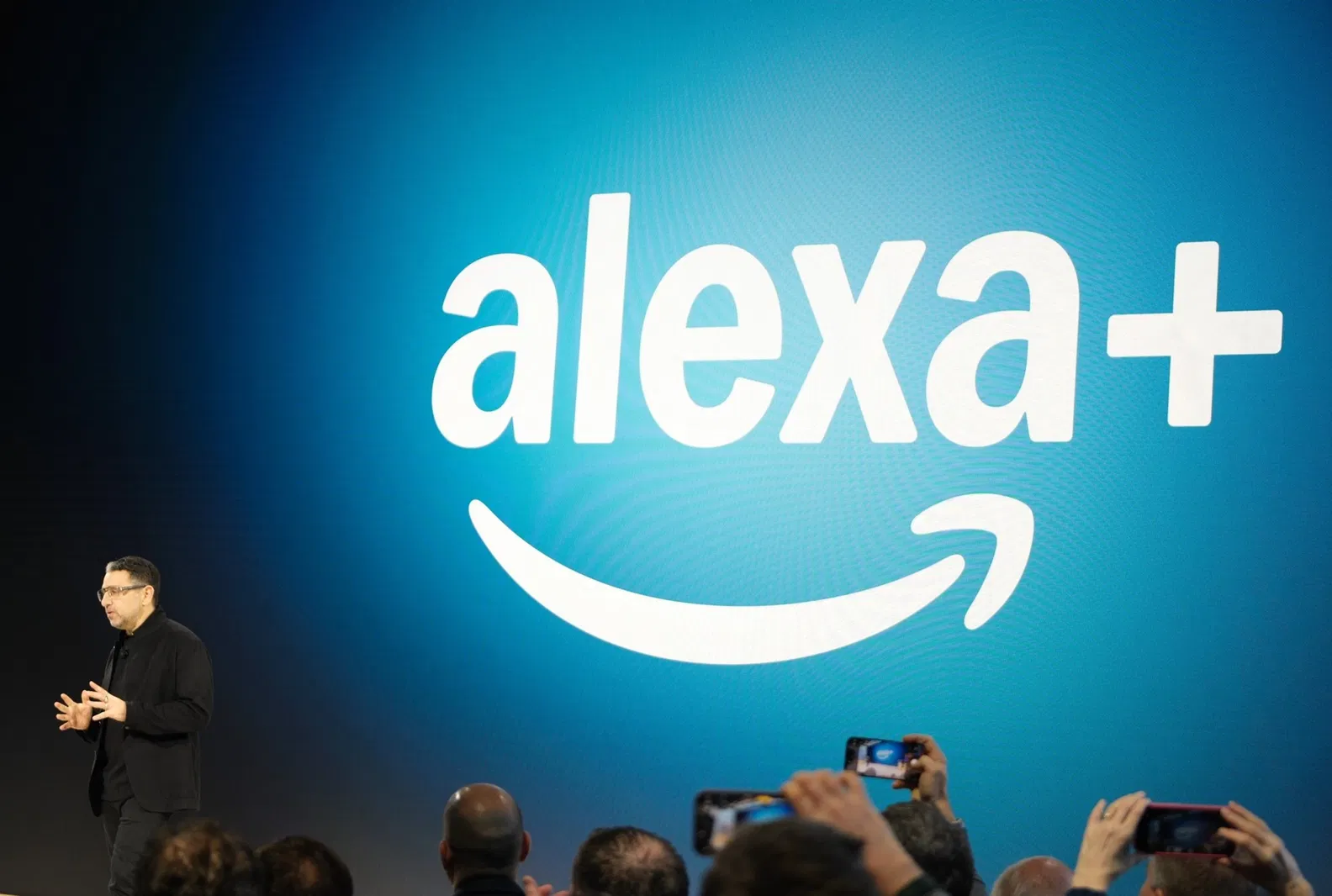

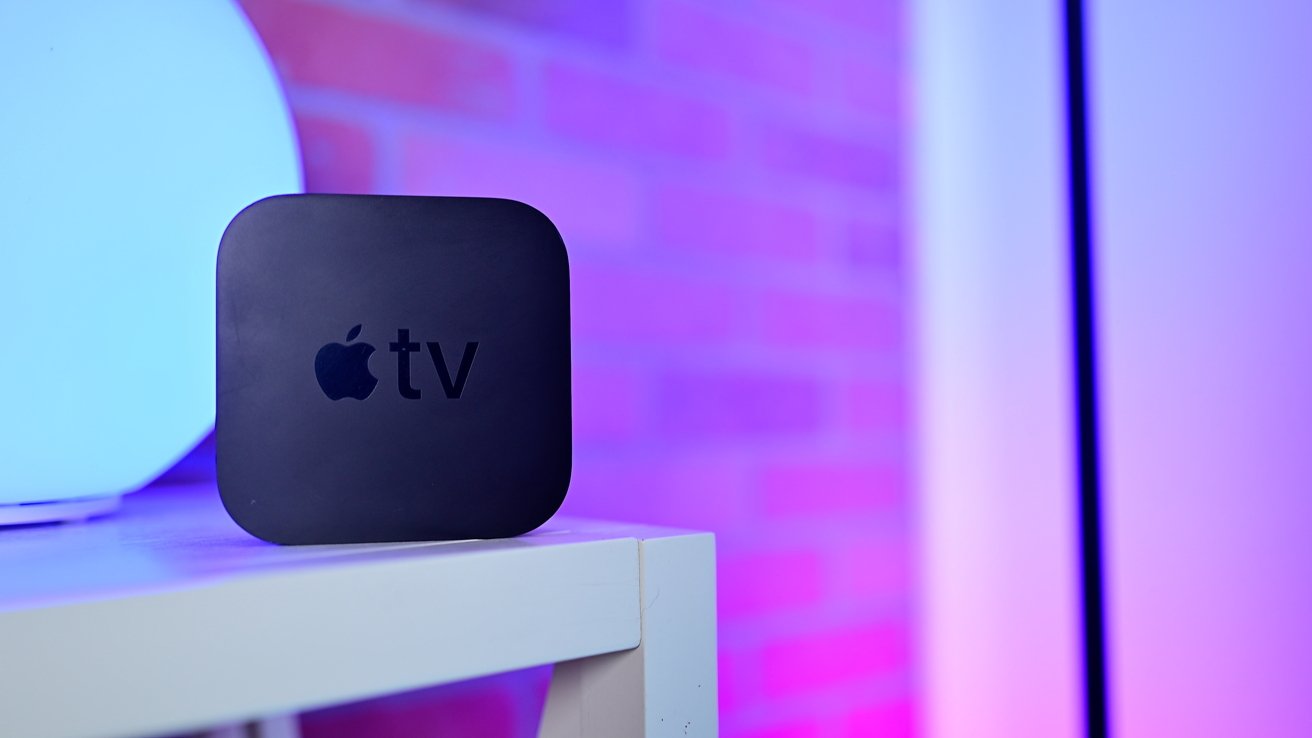
Add Comment